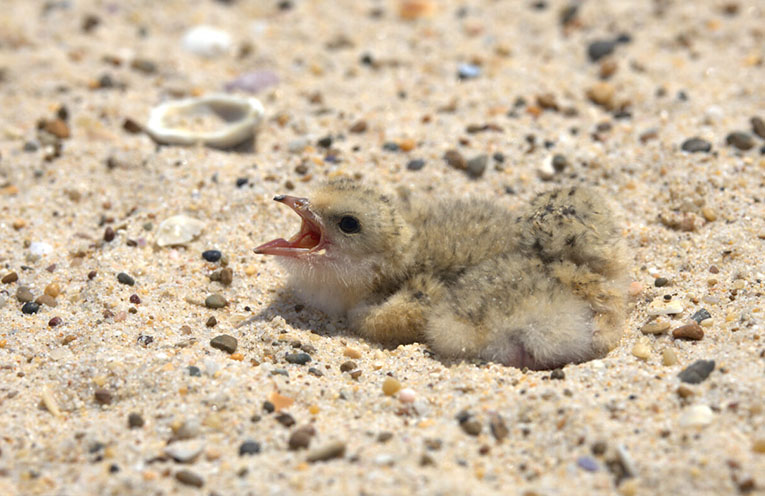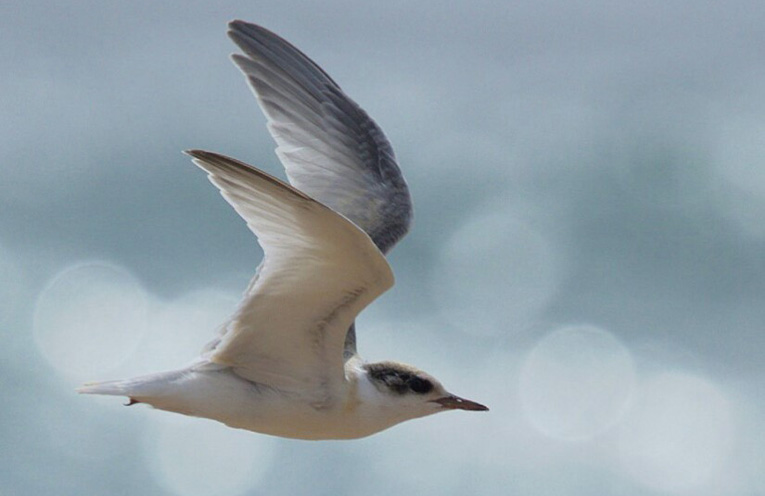LITTLE terns in NSW have experienced another strong breeding season, with more than 900 nests counted across the state, the second-highest number in 24 years.
Each spring, these tiny seabirds migrate thousands of kilometres across the ocean to nest on Australian shores, including on the beaches and islands of Port Stephens.
NSW National Parks and Wildlife Service Acting Deputy Secretary Trish Harrup said, “To see an increase in numbers of a threatened species for two consecutive years is an incredible achievement and it’s not possible without a cast of hundreds to lend their time to this important cause.
“I’d like to thank all those across the state who give their time, including volunteers, NSW National Parks and Wildlife Service staff, local councils, land managers, contractors and stakeholders who conducted over 5000 observations at nest sites this season.
“Despite these promising numbers, these birds remain on the edge, and continued efforts are vital to protect them along our coast, and every person can play a role in making a difference.”
During the most recent breeding period, nests were spotted at 24 sites along the coast, ranging from Wilsons Head in Yuraygir National Park north of Coffs Harbour, right down to Merimbula on the far NSW south coast.
Counts of active nests in the 2024-25 season suggest at least 485 breeding pairs of little terns nested in NSW, a jump from last year’s number of around 430.
This incredible number of breeding pairs resulted in an estimated 510 fledglings, making it the highest count of fledglings recorded and a substantial jump from last year’s figure of around 370.
Each year, there are standout colonies across the state and Karagi Point on the Central Coast led the way again, where almost 45 percent of the state’s little tern fledglings were hatched.
Sites at Lake Conjola and Lake Wollumboola on the South Coast also experienced positive results.
Despite uplifting results, little terns and other beach-nesting birds remain vulnerable to a wide range of threats, including native and introduced predators, crushing and disturbance from vehicles, humans and domestic dogs, flooding of nesting sites and adverse weather conditions.
Beach-nesting birds, like little terns, lay eggs directly on the sand where they are so well camouflaged, they become almost invisible, making them vulnerable to beach visitors.
It’s important beach goers understand the impact they can have on the breeding season of these endangered birds over spring and summer every year.
When attending beaches during breeding season, beach users should:
· Make sure dogs are only walked on an approved dog-beach and always kept on a leash.
· Reduce your chances of stepping on an egg or chick by walking to the water line.
· Keep an eye out for bird nesting signs and fenced-off nesting areas on the beach.
· Only drive on designated 4WD beaches, with the relevant permit, and obey all beach-driving rules including staying out of nesting areas.
· Every year, birds die from entanglement in fishing line or from ingesting rubbish. Take all fishing lines and rubbish with you when you leave.





